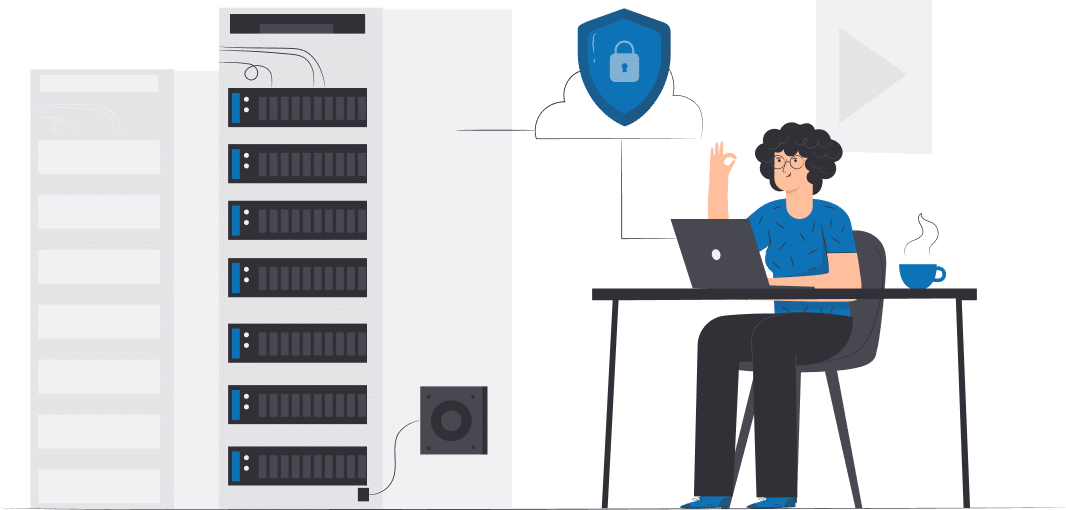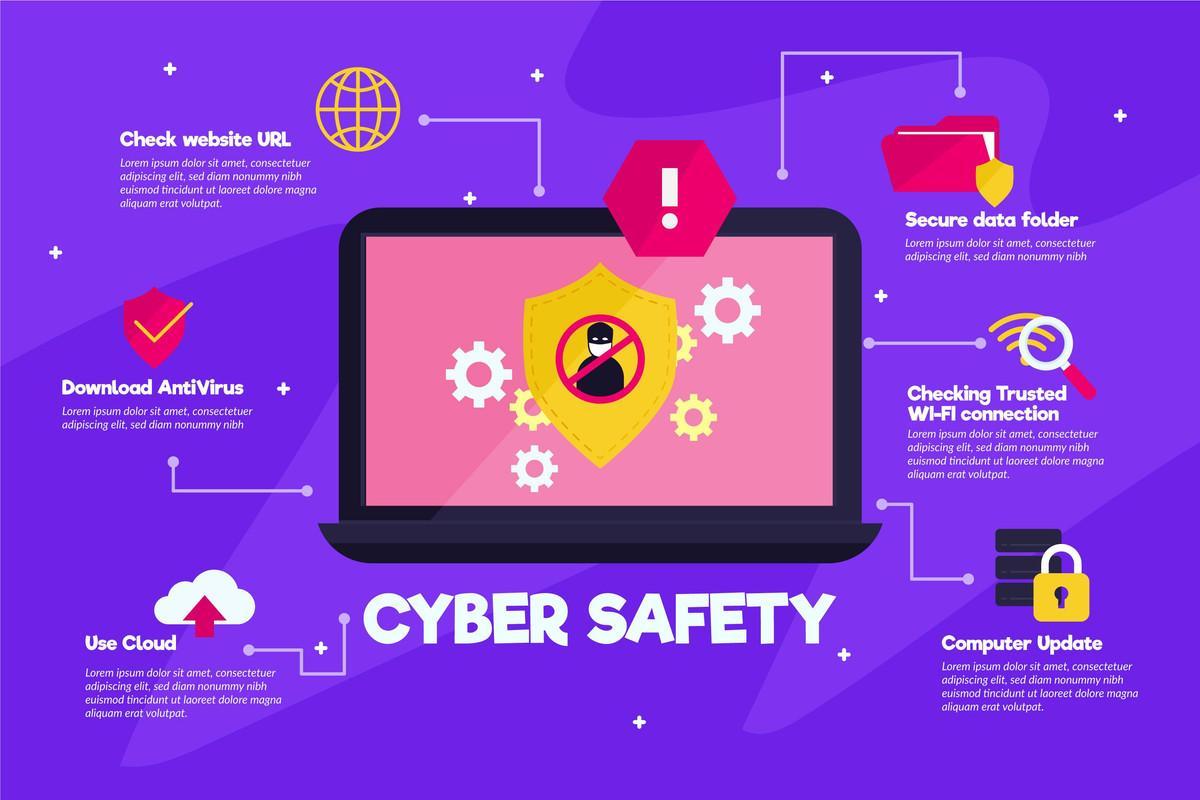As the world spins more and more in favor of technology-driven work processes and electronic data, our vulnerability to losing said data as well as information technology infrastructure in the event of a disaster also increases.
While cyberattack risks are at their peak, making cybercriminals public enemy number one, we also have mother nature and her natural disasters such as floods, hurricanes, tornadoes, earthquakes, and more to contend with.
When sensitive data is lost or compromised, organizations large and small incur extra expenses and lose revenue. What’s worse is that their reputation also begins to decline as they become known for their unpreparedness and lack of security measures against cybercriminals.
Therefore, organizations must take the appropriate measures to protect and prepare themselves from disasters by creating and implementing an effective disaster recovery plan (DRP).
Your disaster recovery plan should be designed to address all types of disasters. It should also fit the unique needs of your organization and employees as well as be easy to follow and understand.
To put together an efficient and effective disaster recovery plan, here are the key ingredients for success:
1. Put Together a Disaster Recovery Team
The first thing you need to do is have a meeting of the minds and put together a team that you can trust to be responsible for developing, maintaining, and implementing a disaster recovery plan.
Your team should be able to identify and define each team member’s responsibilities within the plan as well as their contact information for emergencies. It should also be clearly stated who to contact in the event of specific disasters or emergencies.
2. Identify and Asses All Disaster Risks
Your disaster recovery team must identify and assess any threats to your organization. That means considering natural disasters, technological-related incidents, and man-made emergencies.
Your team will be responsible for coming up with stringent recovery strategies and the allocation of resources needed to help your organization recover from any disasters or emergencies
This should also include the predetermined time-frame it would take to implement the necessary recovery strategy.
3. Determine Which Applications, Resources, and Documents are Essential
Your organization as a whole must take the time to evaluate all business processes, resources, and documents to determine which are most critical to the daily operations.
The focus should be primarily on survival. For example, how will you continue to generate cash flows during the downtime caused by a natural disaster or security breach? Which processes cannot be delayed, such as payroll?
The end game, of course, will be getting your organization back up and running to full capacity. However, your DRP must outline the essentials first.
4. Implement Backup and Storage Procedures
Once your team has determined the essential components needed for immediate survival, they’ll also need to figure out a backup and storage plan.
That includes identifying exactly what needs to get backed-up, who will be responsible for backing up essential data, how and where the backup will be performed, and how frequently the data will get backed up.
This data typically includes applications, equipment, and documents containing sensitive data such as financial statements, tax returns, the current employee information list, inventory records, vendor and customer information, and so on.
Your team will also need to consider storage at an off-site location, especially for documents including checks and purchase orders. For example, many organizations are utilizing server virtualization via cloud-based backup systems to achieve stable redundancy.
By using a cloud-based backup system, you’re ensuring a speedy recovery post-disaster—and we’re talking by sheer minutes.
5. Communicate the Plan to All Employees
Every employee that works for your organization needs to be aware of your disaster recovery plan. It’s also necessary that they have a genuine understanding of what their specific roles mighty be in the event of a disaster or emergency.
For example, how will employees be expected to communicate and receive instruction if all systems are down, such as the internet and phones?
6. Test Your Disaster Recovery Plan Frequently
The digital world is constantly evolving, which means your disaster recovery plan must be consistently updated to reflect any new setback that may crop up.
It’s recommended that you have your disaster recovery team routinely test their DRP. This way they can practice and evaluate their outlined procedures to ensure the plan’s effectiveness and efficiency.
This will also give your team the chance to make the appropriate updates to accommodate any changes in your daily business processes involving technology to ensure that your organization is always prepared.
7. Create an Accessible Backup Site
As mentioned above, your organization needs to implement backup and storage procedures. That includes building up your redundancy.
It’s a good idea to have at least one or two backup sites, just in case your initial site is destroyed. Moreover, you want to avoid the common mistake of setting up your backup sites nearby. It’s better to keep your redundant servers far enough apart to ensure that at least one will survive a natural disaster while also making sure they can be easily accessed through alternate routes if necessary.
Some organizations take things a step further by securing an alternate worksite for their employees to ensure they don’t lose out on productivity should the primary location become destroyed.
8. Consider Bringing in Professionals
Before putting your plan into action, one thing you need to do is assess whether or not it’s financially and physically feasible. On paper, your disaster recovery team’s plan may seem perfect but is your organization physically equipped to handle your new disaster protocols on its own?
Depending on your budget and available manpower, you may lack the funds and the technical expertise—or even desire—to deal with certain aspects of disaster recovery.
There are plenty of companies out there that specialize in disaster recovery as well as data restoration. These types of companies are referred to as Disaster Recovery as a Service (DRaaS), and they’ll take care of your entire DRP so you don’t have to.
Whether you plan to put together your own team or hire a reputable service to do it for you, the bottom line is that your organization won’t be able to survive without an efficient disaster recovery plan. To read more articles about it please our website and learn about our cybersecurity services in detail.







